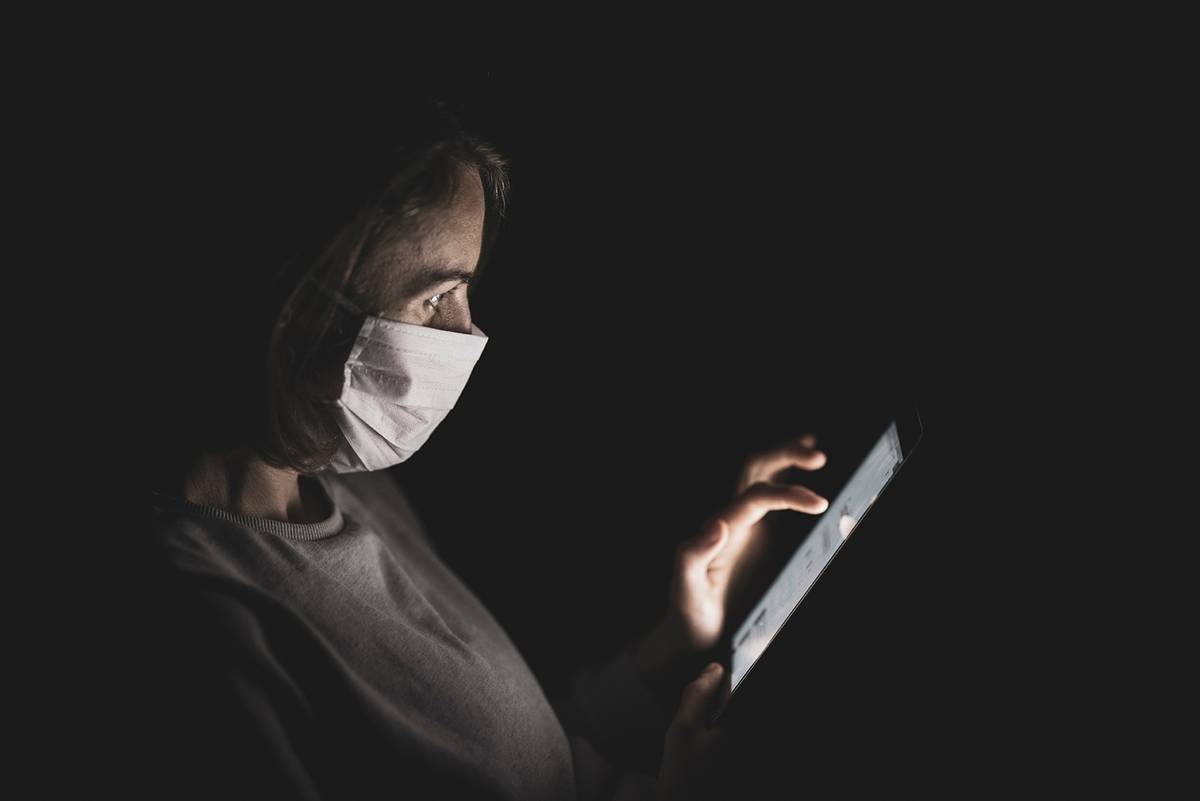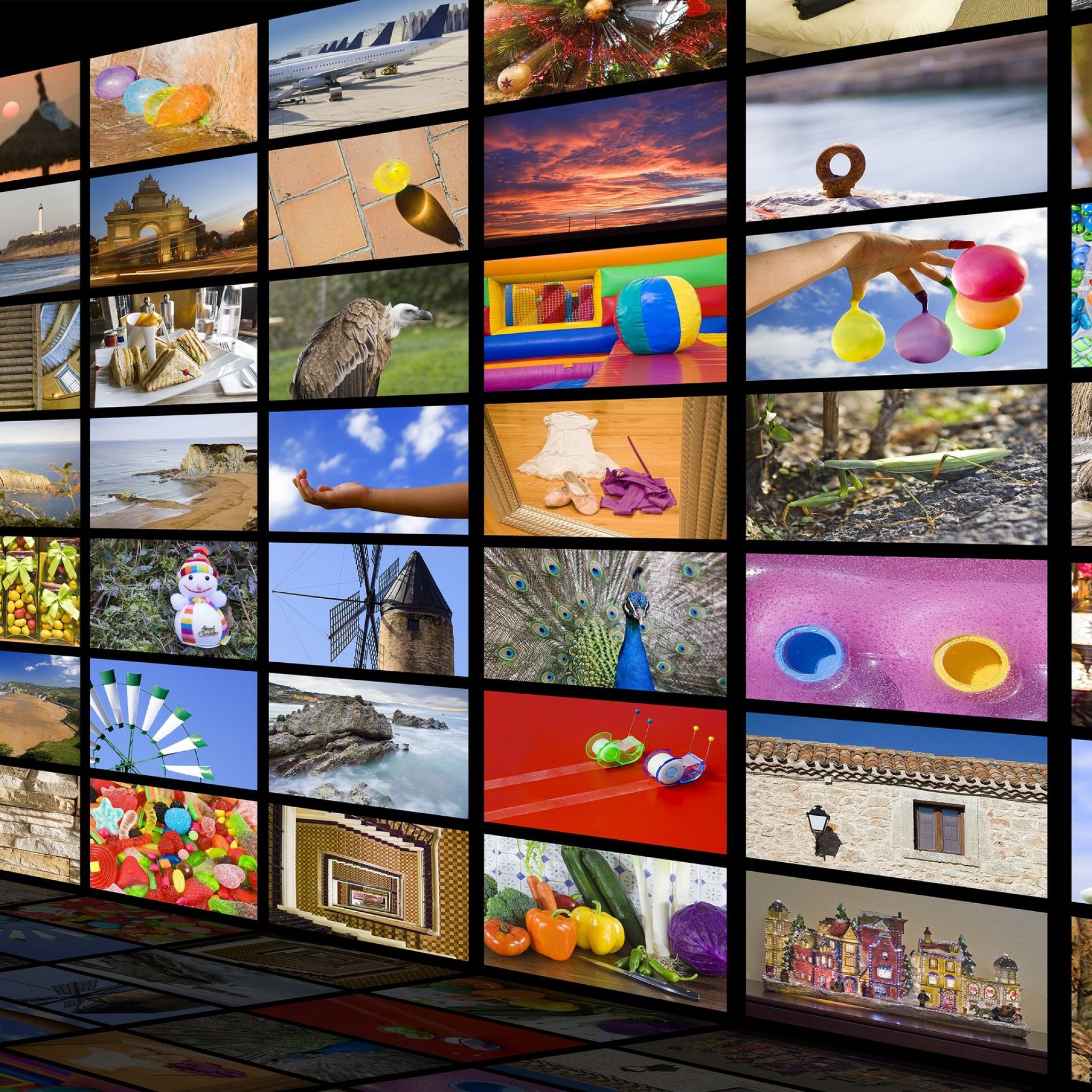(Pocket-lint) – The UK government is working on a COVID-19 contact tracing app. Health Secretary Matt Hancock first revealed that the National Health Service’s digital innovation branch, NHSX, was working on an app that will help track the spread of COVID-19 in April 2020. The app is designed to work alongside the UK’s Test and Trace scheme that started on 28 May 2020.
“If you become unwell with the symptoms of coronavirus, you can securely tell this new NHSX app, and the app will then send an alert anonymously to other app users that you’ve been in significant contact with over the past few days, even before you had symptoms so that they know and can act accordingly,” explained Hancock during a UK daily pandemic briefing.
Since it’s original announcement, the app has been trialed, scrapped and a second app is being developed to replace it – with the new app launcing on 24 September.
Here’s everything you need to know.
How will the NHSX contact tracing app work?
The NHSX contact tracing app will use Bluetooth Low Energy (BLE) signals to keep track of phone handsets. It will detect when you’re in significant contact with other individuals running the app via BLE, and using this method, build up a traceable contact map.
The app will use Apple and Google’s contact tracing system, with the UK having faced technical challenges when developing its own app the first time around.
If a user tests positive for COVID-19 it will trigger an alert to others they were exposed to who may need to self-isolate; equally, if you were in contact with someone who then tests positive, you’ll get an alert via the app, with all the advice about what you need to do.
Use of the app will go hand-in-hand with the HNS Test and Trace contact tracing system carried out by humans, as well as the wider testing network that’s now available in the UK.
The data will be anonymous and will remain on your phone unless you have to report something; you won’t have to identify yourself via the app, so there’s no way that others will be able to figure out who you are if they’ve been in contact with you. Everything will happen in the background and once the app is setup, there should be little else that you have to do – in most cases, your iPhone or Android will already have the code to make it work.
What other features will the NHS COVID-19 app offer?
The app isn’t just about contact tracing – or it’s not only about the Bluetooth proximity logging. There are a range of other features to help us tackle the new age of living in a world with coronavirus.
The app will allow the scanning of QR codes at the entrance to buildings to further help establish contact networks should there be an outbreak. Currently many venues like bars and restaurants are asking customers to log their details to allow contact tracing if there’s an outbreak linked to that location. Again, if you’ve been in a restaurant (for example) linked to an outbreak, but didn’t come into close contact with the infected person (which wouldn’t have been detected by a Bluetooth connection), then it allows another method to trace and alert you.
The NHS is encouraging venues to create QR codes to be scanned using your phone, so you’ll get used to seeing those.
There will also be a symptom checker, so you can put in symptoms you’re experiencing and the app will advise if you should get tested. The app will provide access to the NHS website for booking tests.
Beyond those features, when you setup the app you’ll be asked to enter the first few digits of your postcode. This will provide some local information about the situation in your area, so you can see if the infection rates are currently low or high where you live. The app doesn’t log your precise location.
Finally, there’s an isolation timer. If you test positive, or are experiencing symptoms, this will give you a countdown as to how long you should be in isolation, with a change on the screen telling you how many days you have left.
Following successful trials with residents on the Isle of Wight and the London Borough of Newham, and with @NHSVolResponder, the #NHSCOVID19app will be available nationally across England and Wales on Thursday 24 September.
Find out more: https://t.co/rzgGGmuV13 pic.twitter.com/PDXpJFkVwe
— NHS COVID-19 app (@NHSCOVID19app) September 11, 2020
What part do Google and Apple have to play?
Google and Apple announced on 10 April that they were jointly working on an API (application programming interface) that would allow Android and iPhone devices to anonymously share the data needed to carry out contact tracing, using BLE. As Apple and Google jointly control pretty much the entire smartphone market, this would cover virtually all smartphones in use, except some much older models, of which there are few in the UK.
The pieces needed for this system have been updated on most active iPhone and Android handsets, meaning they are ready to interface with the NHS app as soon as it is developed and ready for use.
This provides a platform that healthcare agencies can use to get the data from devices to share with other users. In the future, the system would allow Google and Apple devices to handle the data at a system level, decentralising that data and ensuring that privacy is protected by the terms of Apple and Google respectively. That means you won’t have to have the app open and running all the time – it will work in the background and would also mean that the data remains private.
It was originally confirmed that the NHS wouldn’t be using the Apple and Google system, however Matt Hancock, in response to questions from the BBC on 5 May 2020, confirmed that the NHS continued to work with Apple and Google. It emerged on 8 May that NHSX had commissioned a second app using the Apple-Google system according to The Financial Times, before final confirmation on 18 June that the UK would be shifting its app over to the Apple and Google system.
On 13 August the new app was launched into trials, with Dido Harding, executive chair of the NHS Test and Trace Programme, saying: “It’s really important that we make it as easy as possible for everyone to engage with NHS Test and Trace. By launching an app that supports our integrated, localised approach to NHS Test and Trace, anyone with a smartphone will be able to find out if they are at risk of having caught the virus, quickly and easily order a test, and access the right guidance and advice.”
Importantly, the Apple-Google system is decentralised, whereas the original proposed system had been centralised.
What is a centralised and what’s a decentralised system?
A lot of the discussion around contact tracing apps talks about centralised and decentralised systems. In a centralised system, all the data heads into a central server for processing. This is the system that France, Australia and Norway, for example, are aiming to use.
The advantage of a centralised system is that the authorities can use the data to get more information about how the virus is spreading, locations where there’s a lot more contacts reported which might point to an outbreak that needs some other form of intervention.
A decentralised system only shares data between phones, meaning that it’s a lot more private and secure, because that data can’t be accessed by anyone else, like a government body.
Originally NHSX had wanted to use a centralised system, saying: “It would be very useful, epidemiologically, if people were willing to offer us not just the anonymous proximity contacts but also the location of where those contacts took place – because that would allow us to know that certain places or certain sectors or whatever were a particular source of proximity contacts that subsequently became problematic,” said CEO of NHSX Matthew Gould, according to TechCrunch, when the app was discussed at the Common’s Science and Technology Committee on 28 April 2020.
Adding QR code scanning is potentially a workaround, allowing centralised tracking of who goes where, outside of the system controlled by Apple and Google – although the specifics of how this part of the system works remains to be seen.
How many people will need to use the NHS app to make it effective?
NHSX thinks more than 60 per cent of the population needs to use the app for it to be effective in helping the country return to normality, but more recent reports have suggested that 80 per cent of smartphone users (56 per cent of the population) would have to use it for the best results, according to experts at the University of Oxford talking to the BBC.
The big data team at Oxford – advising the NHSX team – did not include the over-70s in that group, because it was assumed they would be shielding at home when lockdown restrictions started to lift.
The problem is getting high numbers of people to use any app, especially as it’s going to be voluntary to use.
When will the NHS COVID-19 app be available?
The NHS COVID-19 contact tracing app is available to download and use on iPhone and Android devices but it will not work until 24 September.
This new version of the app starting testing on 13 August on the Isle of Wight and also in the London Borough of Newham, as well as with NHS responders.
What about the EU’s rules?
The EU has outlined how it believes that contact tracing apps should work for EU member states – and that’s going to include scrutiny of Apple and Google’s system, to ensure that it dovetails with the EU’s own privacy rulings. Those things include that an individual shouldn’t be able to be identified through the system and that it is disabled once the need for contact tracing has passed.
The EU has essentially mandated that either a centralised system or a decentralised system will be accepted, as long as it’s only used for coronavirus contact tracing, anonymised and voluntary.
Writing by Chris Hall.














